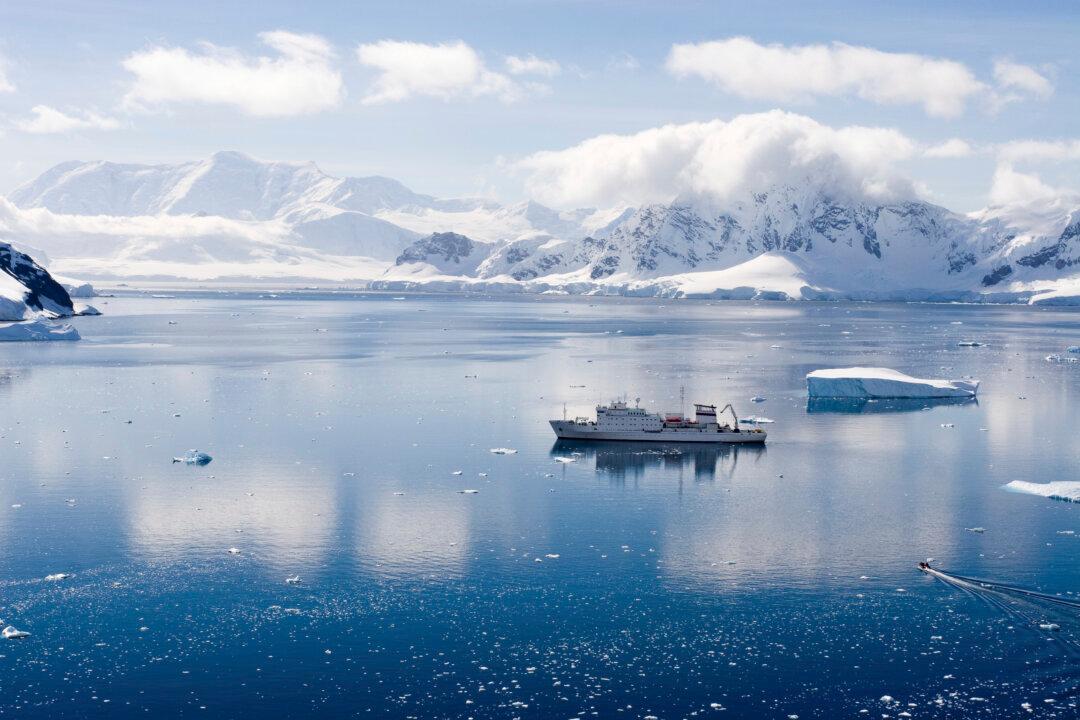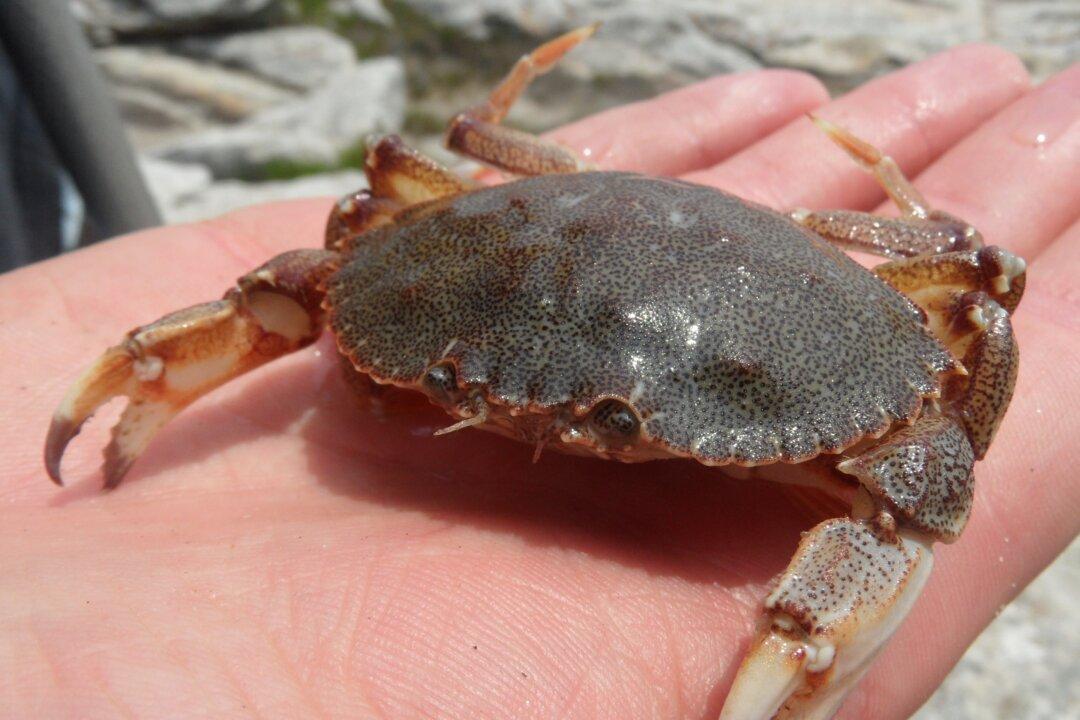To discover what gives clouds above the Southern Ocean their brightness, scientists took a close look at tiny drifting organisms in the sea below.
Nobody knows what our skies looked like before fossil fuel burning began. Today, about half of the cloud droplets in Northern Hemisphere skies form around particles of pollution. Cloudy skies help regulate Earth’s climate, but the answers to many fundamental questions about cloud formation remain hazy.
New research suggests that plankton plays a significant role by producing airborne gases and organic matter to seed cloud droplets, which lead to brighter clouds that reflect more sunlight.

A massive phytoplankton bloom off of the Atlantic coast of Patagonia. NASA Goddard Space Flight Center/CC BY 2.0


